Keeping your fiberglass pool sparkling clean doesn’t need to be complicated, but it does require some regular care. One of the most critical parts of routine pool maintenance is making sure your filter runs efficiently. If you have a sand filter, you’ll need to know how to backwash it properly to keep your water clear and your system in top shape. The good news? Backwashing is quick, easy, and an essential step toward making every swim as refreshing as the first of the season.
Every pool relies on a filter to remove dirt, debris, and tiny particles that swimmers don’t want sharing the water. There are three main types of filters, each with their own strengths.
- Cartridge Filters: Low-maintenance and energy-efficient. Just rinse or replace the cartridges to keep the water clear.
- Diatomaceous Earth (DE) Filters: Ultra-fine filtration for the clearest water possible, but they require a little extra care and handling.
- Sand Filters: Durable, cost-effective, and easy to maintain. A quick backwash flushes out trapped debris, restoring flow and clarity with minimal hassle.
What is Pool Filter Backwashing?
Backwashing a sand filter is a maintenance procedure that cleans the filter and ensures it operates efficiently. Over time, as water pumps through the sand filter, the sand traps debris and particles to remove them from the pool water. The process gradually accumulates dirt and debris in the filter, which can decrease efficiency and encourage cloudy pool water.
Backwashing temporarily reverses the water flow through the sand filter. Instead of dirty water coming in and clean water going out, backwashing pumps clean water backward through the filter. The reverse flow lifts and flushes trapped debris from the sand bed and the filter through a waste line or drain.
During backwashing, the sand within the filter loosens and allows for trapped debris to make its way out of the system. After backwashing, return the filtration system to its normal operation of filtering the pool water again. Backwashing sand filters is essential for maintaining their ability to clean the pool water effectively and should be a regular part of your pool’s maintenance routine.
Why is Backwashing My Pool’s Sand Filter So Important?
Backwashing keeps your filter functioning properly and clear of debris. It also helps to keep your water clear. Even if you are meticulous about other maintenance and consistently add chlorine to the chlorinator, check its settings, brush all the pool surfaces, empty skimmer baskets, vacuum, test water chemistry, and maintain the correct water level, your pool water will still turn cloudy if you forget to clean the filter.
What Happens If I Don’t Backwash My Pool’s Sand Filter?
If you don’t backwash your sand filter for some time, you may notice your water getting cloudy or more debris making its way to the surface of your pool water. Other maintenance tasks are still essential, but none will replace the need for backwashing the pool’s sand filter..
How Do I Know If I Need to Backwash My Pool’s Sand Filter?
You will need to check your filter system’s pressure gauge regularly. When clean, your filter will generate a typical reading that you should note as its standard baseline. You’ll know it’s time to backwash once the gauge reaches 8 to 10 psi above your baseline reading. Your water may also look cloudy or dirty when the filter needs backwashing.
What is the Proper Way to Backwash My Pool’s Sand Filter?
- Turn the filter system off.
- Remove, empty, and replace the skimmer basket.
- Attach a backwash hose to your filter’s backwash port.
- Turn your multi-port valve to Backwash. Never turn the multi-port valve handle while the pool filter is on and running.
- Turn your filter system back on. Water should flow out the backwash port and through the hose.
- Let the water run for about two minutes or until the water runs clear in the site glass.
- Turn the filter system off again.
- Turn the multi-port valve to Rinse.
- Turn the filter system back on and rinse the filter for about 30 to 60 seconds.
- Turn the system off.
- Turn the multi-port valve to Filter.
- Turn the system back on.
What Are Some Potential Issues With Backwashing a Pool’s Sand Filter?
Sand in the Pool
If you notice sand in your pool during or after backwashing, then you might have cracked off laterals or piping inside the filter. You may also have too much sand in the filter. The open space from the top of the filter to the sand line is called “freeboard,” and having enough space is essential for preventing sand from exiting the filter during backwashing.
Too Much of a Good Thing
While backwashing is essential, it is possible to backwash a sand filter too often or for too long. During backwashing, turn the hose off as soon as the water runs clear. Prolonged backwashing of your sand filter can cause “channeling,” which occurs when channels develop down the sides inside the filter. Water can bypass the sand altogether because of channeling, defeating your sand filter’s purpose.
As with all aspects of your pool’s maintenance and day-to-day operations, please follow your specific sand filter’s instructions carefully. You will likely find directions on the filter itself. Your filter and pump are the backbones of pool cleanliness, safety, and enjoyment, and paying them proper attention is essential. A failure of either will cause problems and cost you money. You should consult a pool professional if you have any pool maintenance concerns.
Looking for more information on fiberglass pool maintenance? Explore Thursday Pools’ Ultimate Fiberglass Pool Maintenance Guide for a thorough look at everything you need to know.
And if you’re ready for personalized advice, connect with a local independent Thursday Pools dealer near you.
Frequently Asked Questions About Backwashing a Fiberglass Pool
-
How do I know when it’s time to backwash my sand filter?
Check the pressure gauge on your filter. When it reads 8–10 psi higher than the clean baseline, it’s time to backwash. Cloudy water can also be a sign your filter needs cleaning.
-
What is the correct way to backwash a sand filter?
Turn off the pump, set the multiport valve to Backwash, and restart the pump for about two minutes or until the sight glass runs clear. Then turn the pump off, switch the valve to Rinse for 30–60 seconds, and finally return it to Filter mode. Always shut off the system before moving the valve handle. (See the illustrated instructions above)
-
Can I over-backwash my pool filter?
Yes. Backwashing for too long or too often can cause “channeling,” where water cuts paths through the sand and bypasses filtration. That’s why it’s important to stop once the water in the sight glass runs clear.
-
Why is backwashing important for fiberglass pools?
Even with fiberglass’s lower maintenance needs, filters still collect debris, sunscreen oils, and fine particles. Backwashing clears these out, helping your system run efficiently, keeping water clear, and protecting your pump from strain.
-
What if I see sand in my pool after backwashing?
That usually means the filter has broken laterals or too much sand. A proper freeboard (the space between sand and the top of the filter) is needed to prevent sand from escaping. In this case, inspection or repair is necessary.
-
Do cartridge or DE filters need backwashing too?
No. Cartridge filters should be rinsed or replaced, and DE (diatomaceous earth) filters require backwashing plus recharging with fresh DE powder. Only sand filters use a standard backwashing cycle.
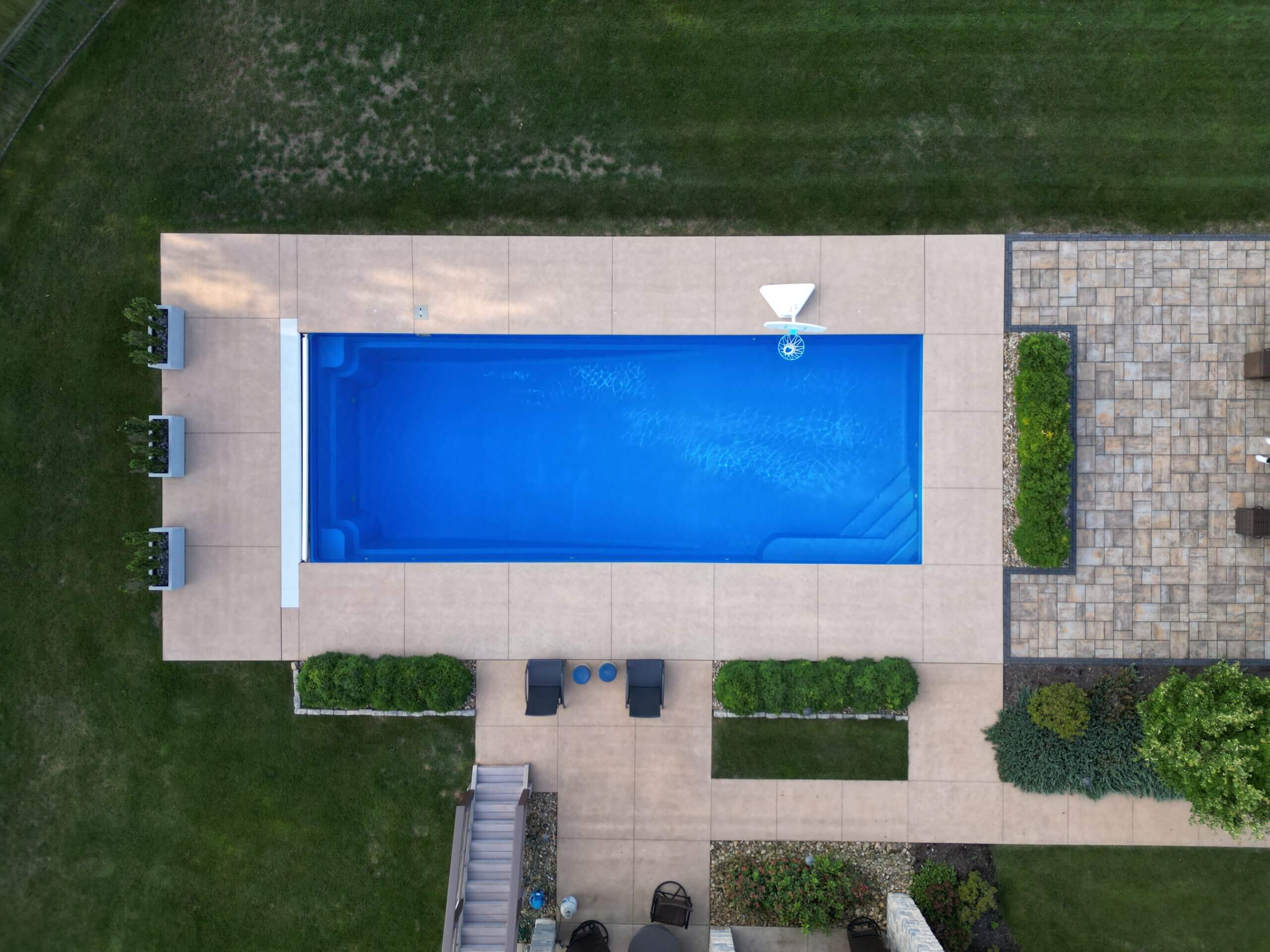
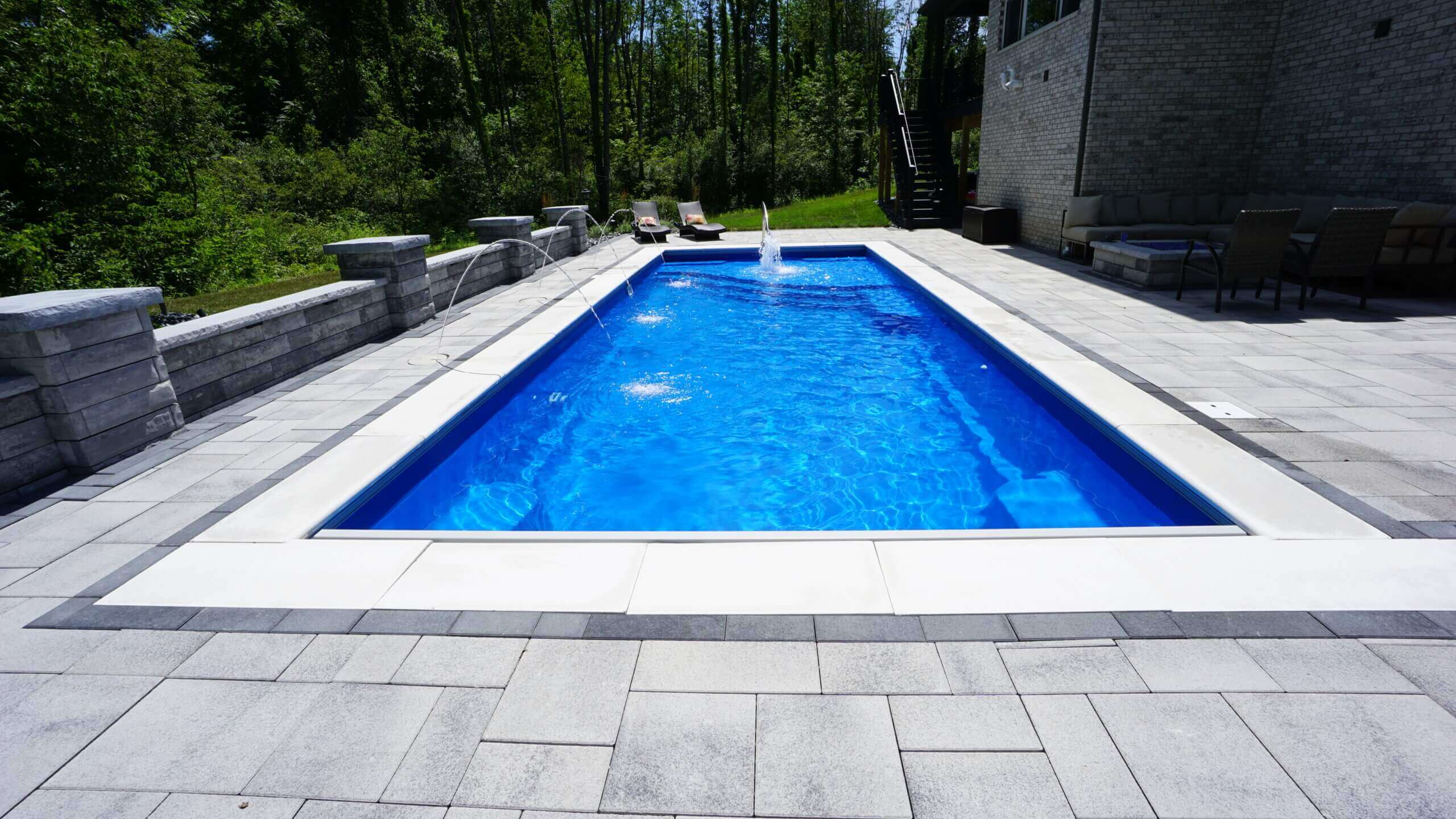
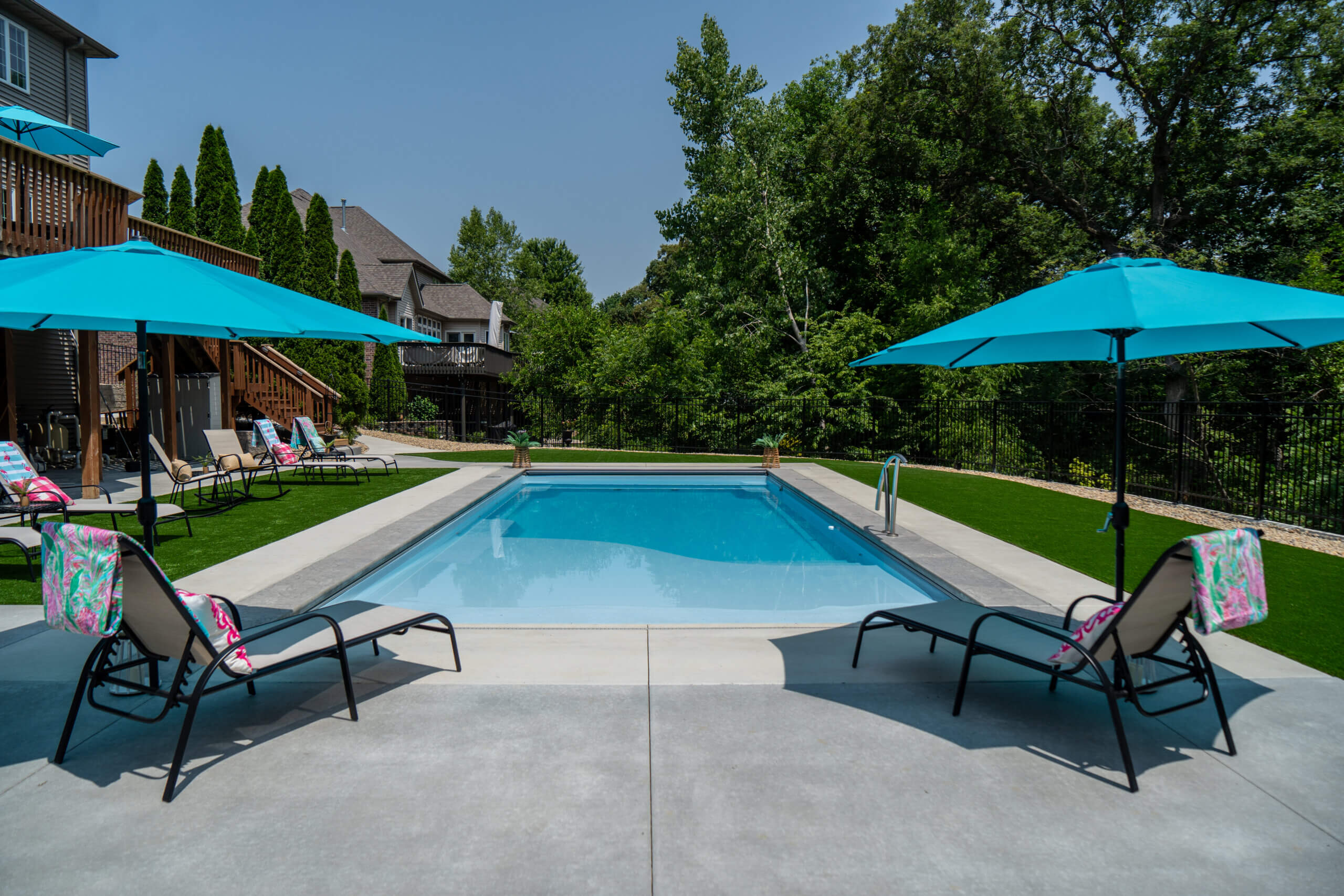
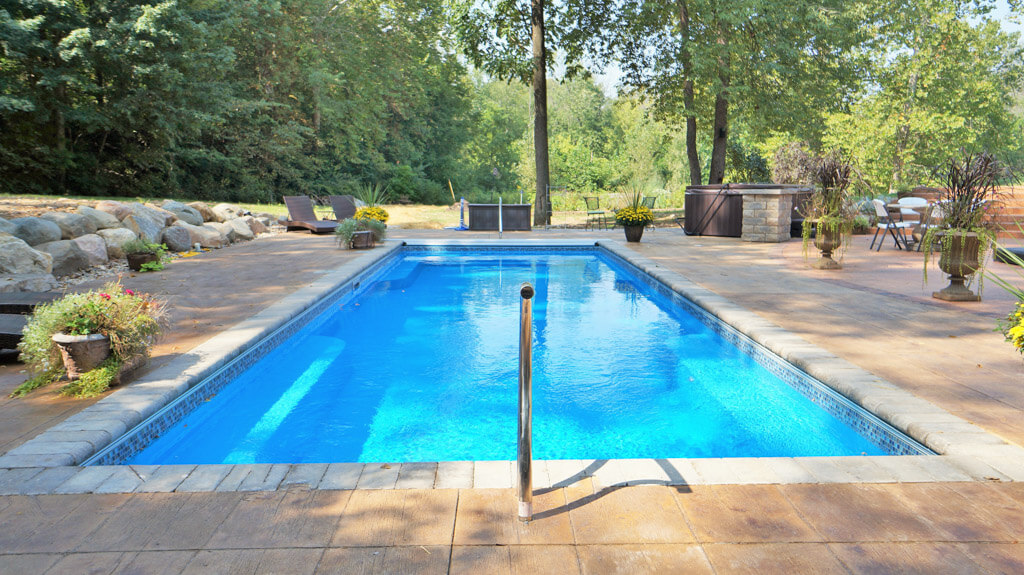
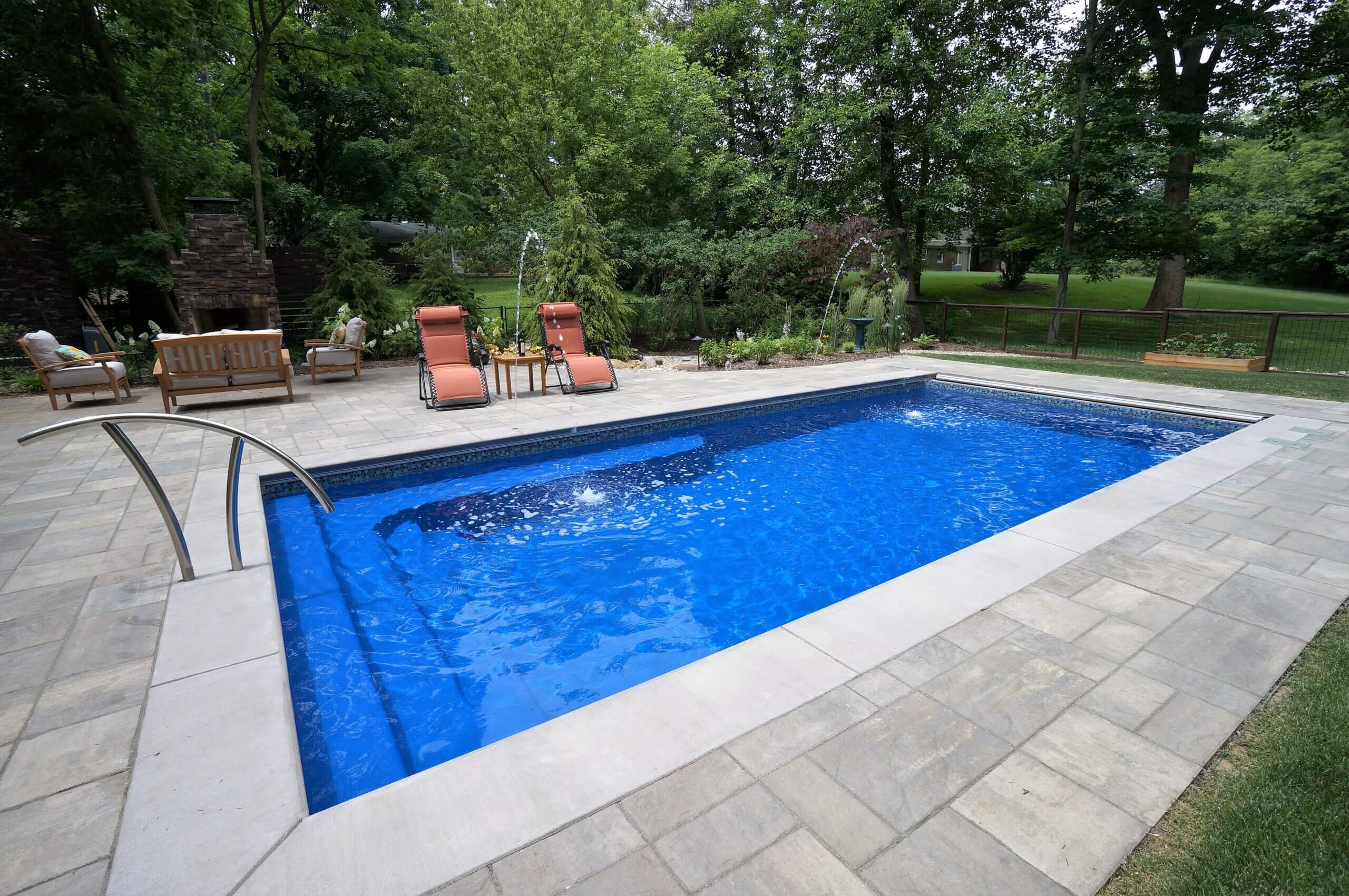
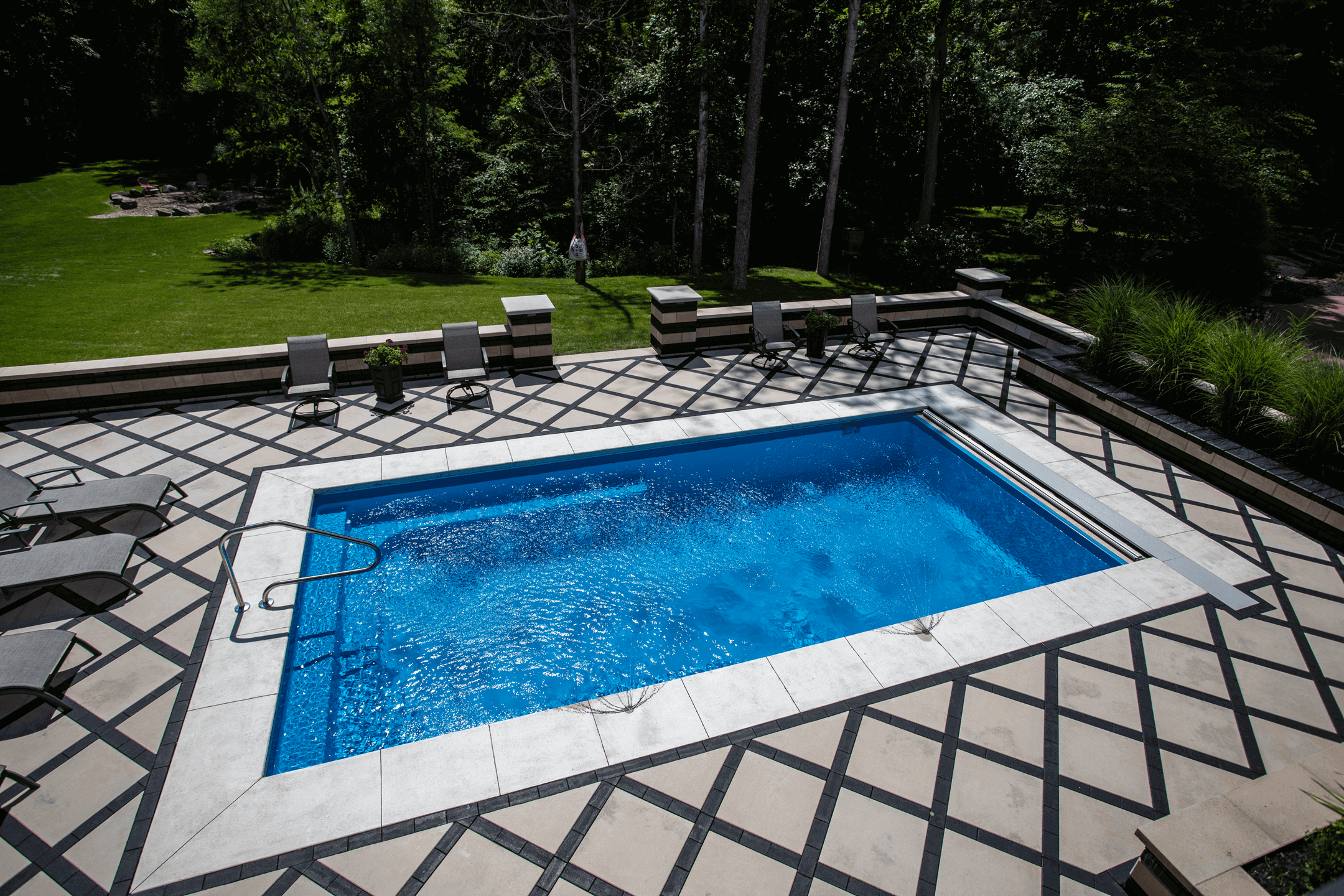
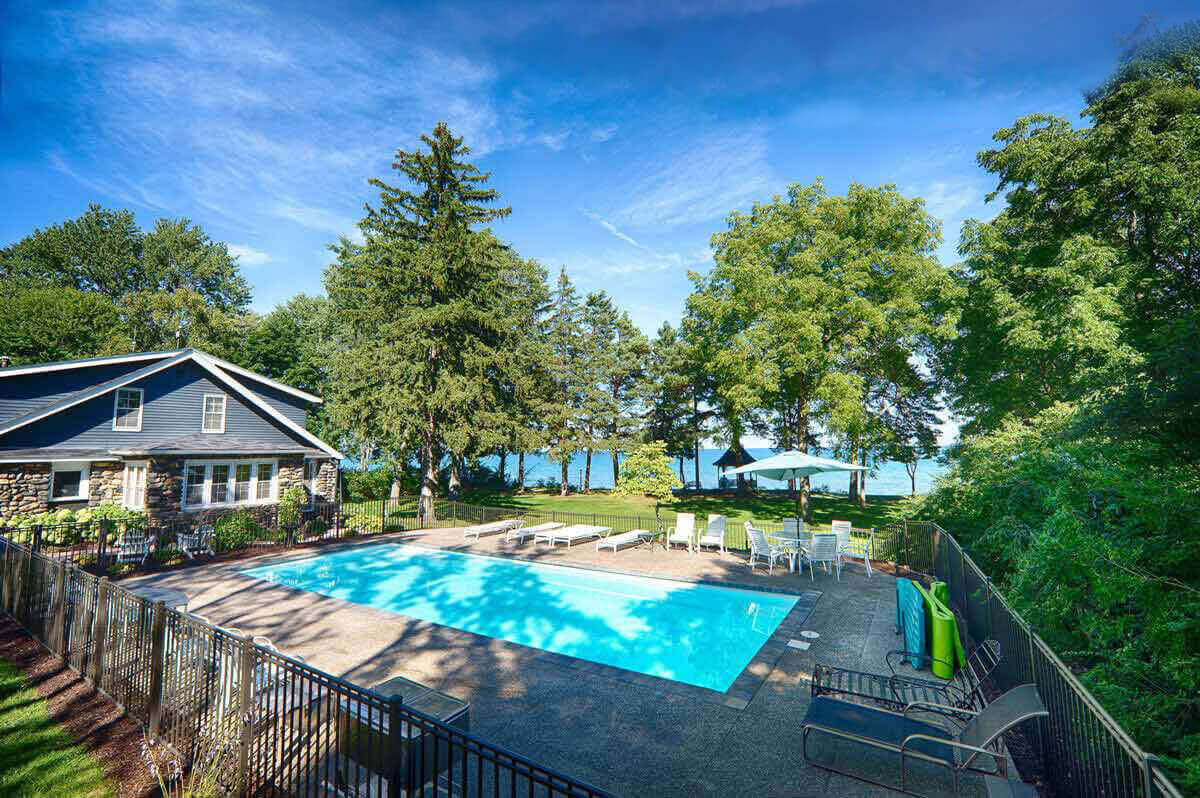

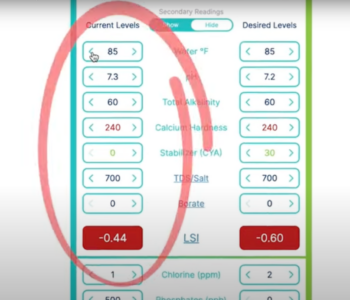
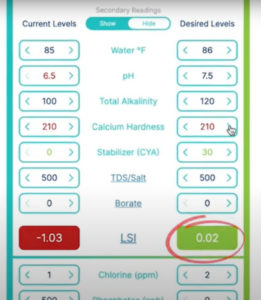
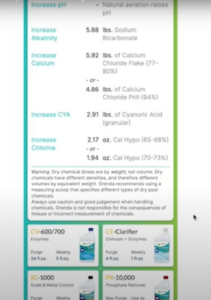
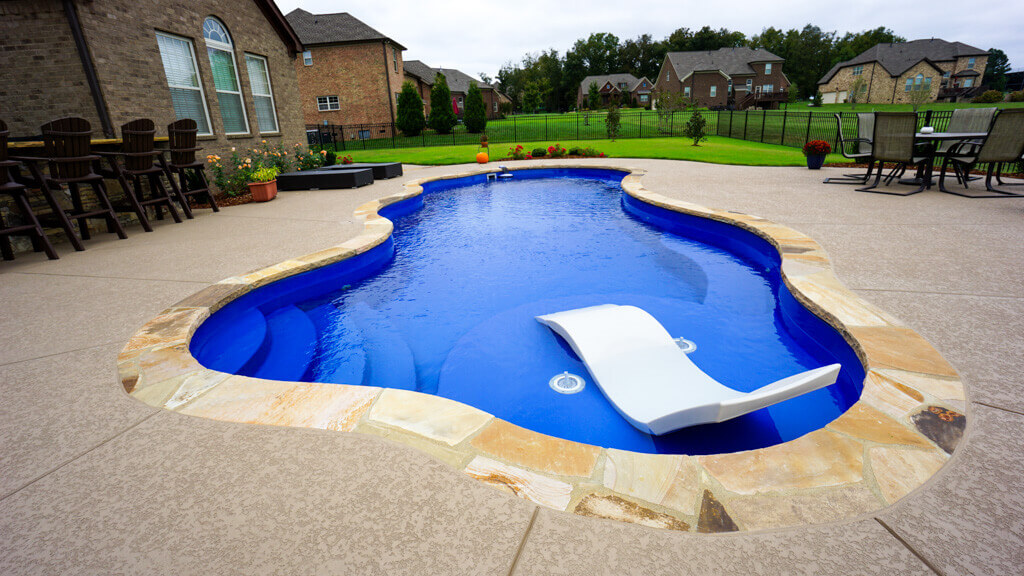
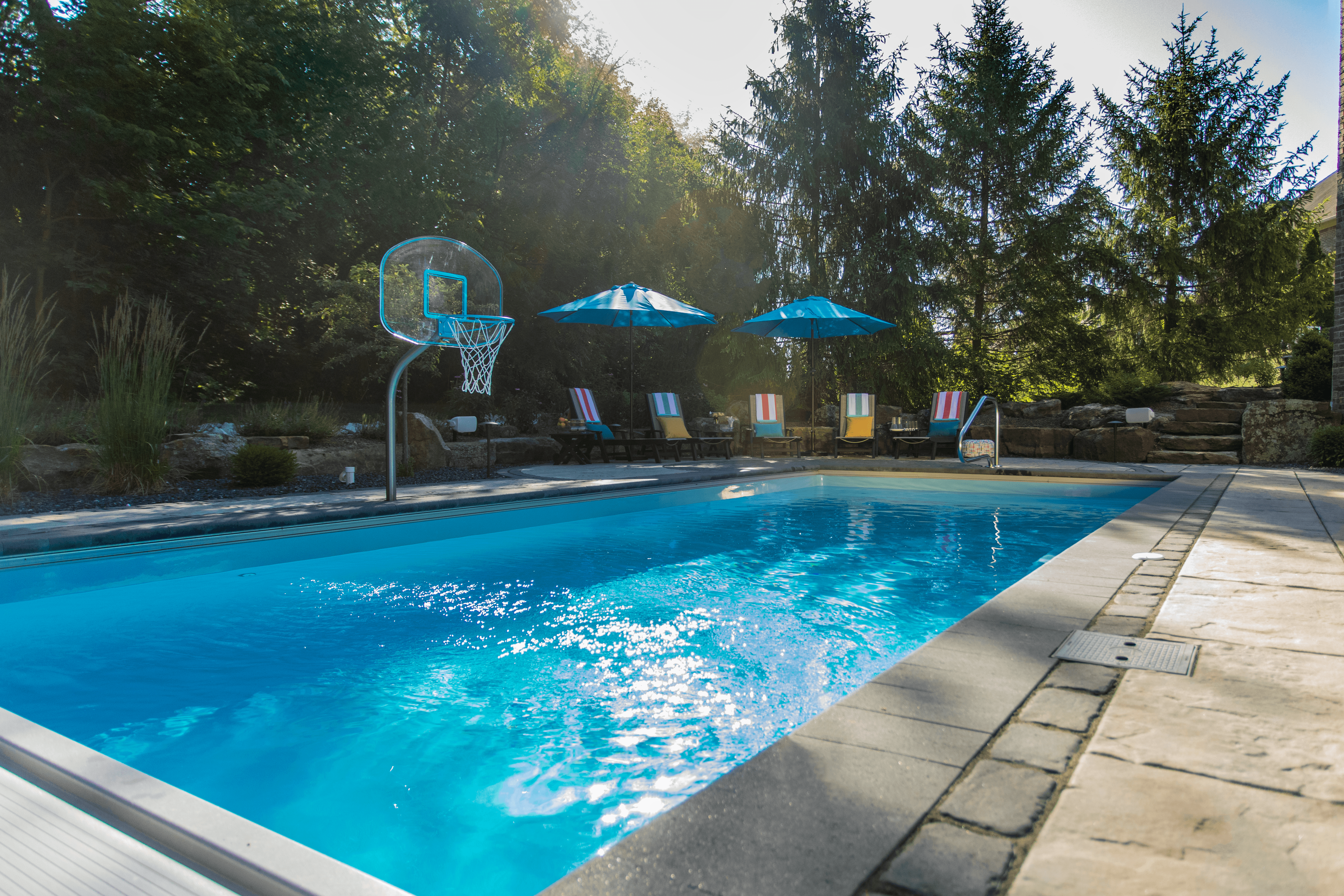
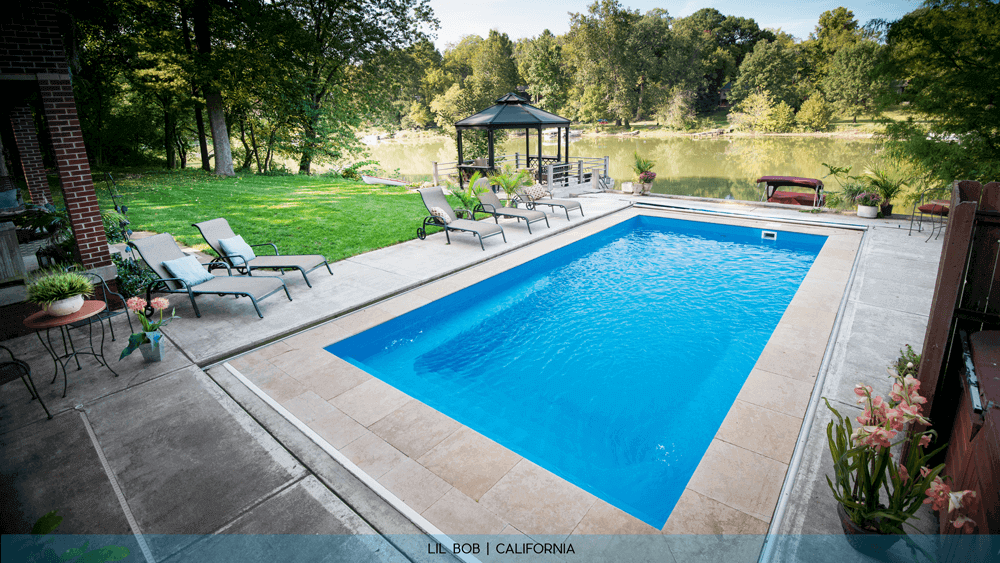
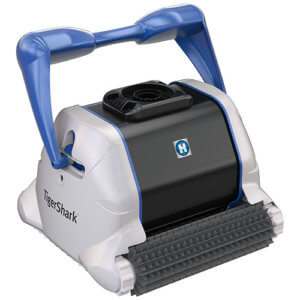 Average Price:
Average Price: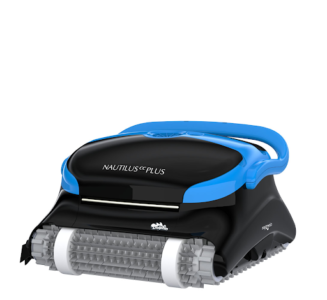 Average Price: Less than $900
Average Price: Less than $900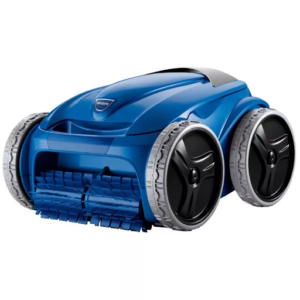 Average Price: Less than $1,000
Average Price: Less than $1,000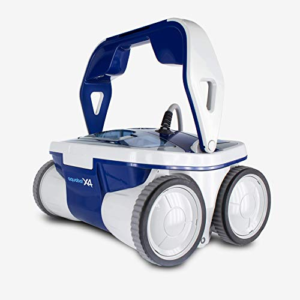 Average Price: Less than $800
Average Price: Less than $800